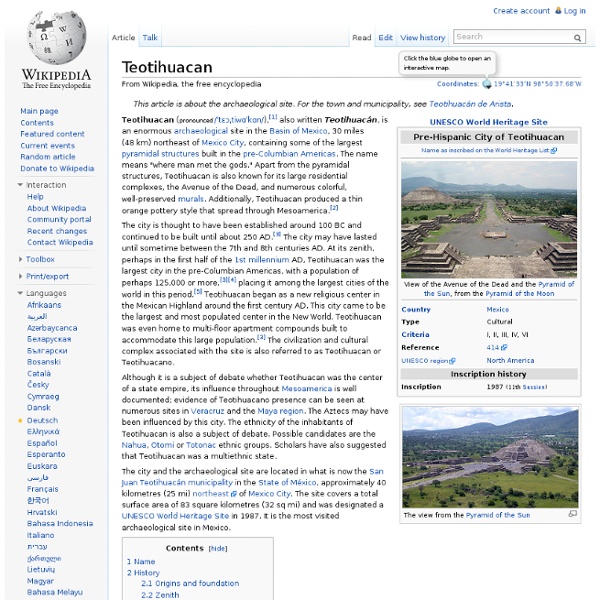The Inca Empire: Children of the Sun
When Spanish conquistador Francisco Pizarro landed in Peru in 1532, he found unimaginable riches. The Inca Empire was in full bloom. The streets may not have been paved with gold — but their temples were. The Coricancha, or Temple of Gold, boasted an ornamental garden where the clods of earth, maize plants complete with leaves and corn cobs, were fashioned from silver and gold. The Mountain Institute, West Virginia This mummified girl was discovered in 1995 on Mount Ampato in the Andes Mountains of Peru at an altitude of over 20,000 feet. The Inca called their empire Tahuantinsuyu, or Land of the Four Quarters. The true history of the Inca is still being written. The Sacred City of Cuzco Cuzco is nestled in a mountain valley 10,000 feet above sea level. And he did something else — which may explain the Inca's sudden rise to power. A new ruler had to create his own income. From the heights of Machu Picchu, the entire Urabamba Valley in the Andes Mountains can be seen. How was this done?
Maya - Facts & Summary
The Classic Period, which began around A.D. 250, was the golden age of the Maya Empire. Classic Maya civilization grew to some 40 cities, including Tikal, Uaxactún, Copán, Bonampak, Dos Pilas, Calakmul, Palenque and Río Bec; each city held a population of between 5,000 and 50,000 people. At its peak, the Maya population may have reached 2,000,000. Excavations of Maya sites have unearthed plazas, palaces, temples and pyramids, as well as courts for playing the ball games that were ritually and politically significant to Maya culture. Maya cities were surrounded and supported by a large population of farmers. The Maya were deeply religious, and worshiped various gods related to nature, including the gods of the sun, the moon, rain and corn. The Classic Maya built many of their temples and palaces in a stepped pyramid shape, decorating them with elaborate reliefs and inscriptions. Serious exploration of Classic Maya sites began in the 1830s.
10 Forgotten Ancient Civilizations
History The typical history textbook has a lot of ground to cover and only so many pages to devote to anything before Jesus. For most of us, that means ancient history is a three-dog show—Egypt, Rome, and Greece. Which is why it’s easy to get the impression that, outside of those three, our map of the ancient world is mostly just blank space. But actually nothing could be further from the truth. 10Aksum The kingdom Aksum (or Axum) has been the subject of countless legends. The Ethiopian kingdom of reality, not myth, was an international trading power. Aksum adopted Christianity not long after the Roman Empire did and continued to thrive through the early Middle Ages. 9Kush Known in ancient Egyptian sources for its abundance of gold and other valuable natural resources, Kush was conquered and exploited by its northern neighbor for nearly half a millennium (circa 1500–1000 B.C.). In the ninth century B.C., instability in Egypt allowed the Kushites to regain their independence. 8Yam 5Yuezhi



